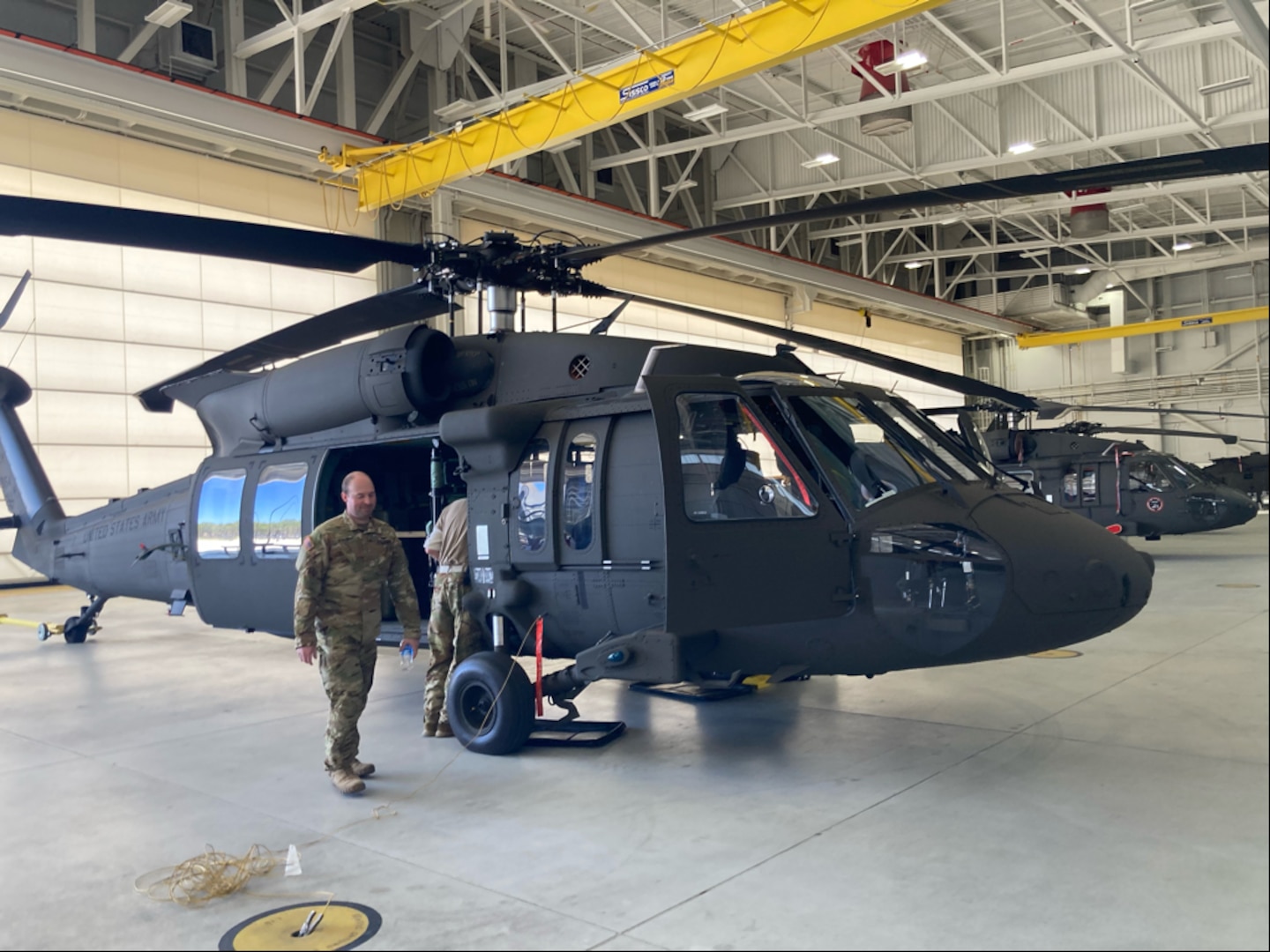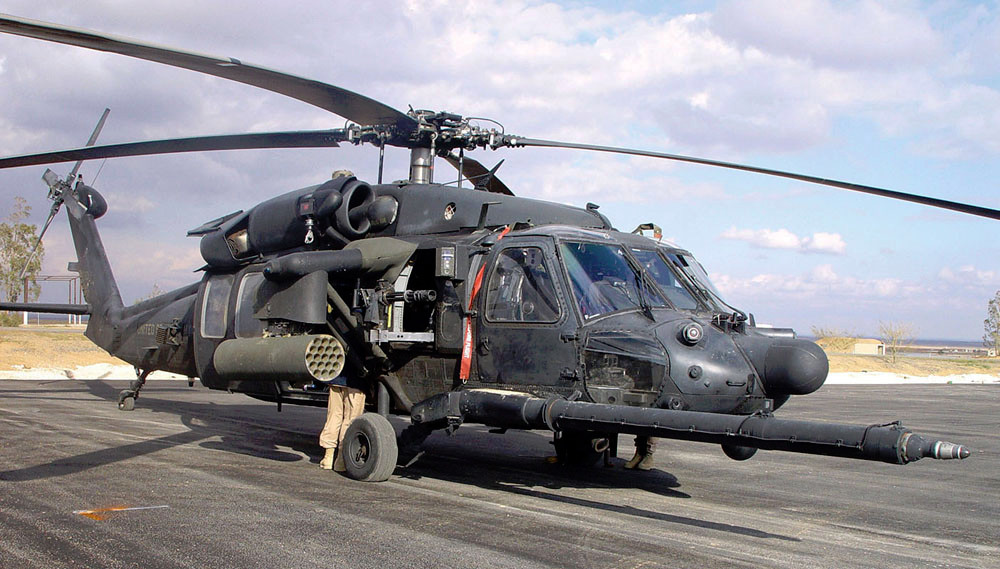Exactly How the Blackhawk Helicopter Became an Icon of Army Strength and Adaptability
Exactly How the Blackhawk Helicopter Became an Icon of Army Strength and Adaptability
Blog Article
Exploring the Thrills and Innovations of the Blackhawk Helicopter
The Blackhawk helicopter stands as a testimony to armed forces air travel's development, merging technical innovations with useful applications. Since its intro in the 1960s, it has transformed the landscape of aerial assistance, flaunting attributes that improve its efficiency in different operational duties. As we examine its historical importance and crucial technologies, one need to take into consideration how upcoming developments might redefine its abilities. What exists ahead for this renowned aircraft, and just how will emerging technologies shape its future in military operations?
Background of the Blackhawk Helicopter
Given that its creation in the 1960s, the Blackhawk helicopter has actually played a crucial function in modern-day army aviation. Created by Sikorsky Aircraft, the UH-60 Blackhawk was made to meet the united state Army's demand for a flexible energy helicopter capable of doing a variety of missions, consisting of army transportation, medical discharge, and cargo airlift. The layout was a feedback to the constraints of earlier helicopters, specifically in regards to survivability, ability to move, and rate.
The Blackhawk made its first trip in 1974 and quickly entered solution in 1979. Its introduction marked a considerable improvement in helicopter innovation, featuring a two-rotor system that enhanced performance and stability. The aircraft's sturdy building and advanced avionics allowed it to operate effectively in varied atmospheres and problems.
Throughout the years, the Blackhawk has been constantly upgraded, incorporating lessons found out from various fight circumstances. Its deployment in problems such as the Gulf War, Somalia, and the War on Horror further strengthened its reputation as an important possession. The Blackhawk's heritage is characterized by its versatility and resilience, making it a keystone of military aviation for years.
Trick Attributes and Specs
The Blackhawk helicopter is distinguished by its robust design and advanced technical features, which collectively enhance its operational capabilities. Developed mainly for utility goals, the Blackhawk flaunts an optimum departure weight of roughly 22,000 pounds, permitting it to bring considerable payloads while maintaining dexterity.
Furnished with two General Electric T700-GE-701C engines, the Blackhawk accomplishes an optimal speed of around 183 knots and a variety of 368 nautical miles - Blackhawk Helicopter. Its cutting edge blades system features a four-blade main rotor and a four-blade tail blades, making sure security and ability to move in different flying problems
The helicopter's cabin can accommodate approximately 11 troops or various cargo configurations, showcasing convenience in mission accounts. In addition, the Blackhawk is designed with advanced avionics, including digital flight controls and a comprehensive cockpit display screen, boosting pilot situational awareness.
For boosted survivability, the Blackhawk incorporates ballistic armor and self-sealing gas storage tanks. Its capability to run in varied settings, from deserts to icy surfaces, even more strengthens its reputation as a reliable system for altruistic and military operations alike. The Blackhawk's combination of convenience, power, and resilience makes it a cornerstone of modern aerial capacities.
Developments in Innovation
Innovations in technology have actually substantially enhanced the capacities of the Blackhawk helicopter, guaranteeing it remains at the center of military aeronautics. Among one of the most significant developments is the integration of sophisticated avionics systems, which supply improved situational awareness via real-time data handling and screen. This innovation webpage permits pilots to navigate complicated environments a lot more successfully, boosting objective success rates.

Furthermore, the intro of electronic fly-by-wire systems has changed the control systems of the Blackhawk, providing smoother handling and increased responsiveness. These systems facilitate sophisticated ability to move, necessary in high-stakes situations. Finally, innovations in interaction and networking innovations allow smooth sychronisation amongst systems, boosting general operational effectiveness. Collectively, these technical developments make sure that the Blackhawk helicopter remains an Your Domain Name important property in contemporary army procedures.
Roles in Armed Force Procedures
With sophisticated technology boosting its capacities, the Blackhawk helicopter plays a multifaceted role in army operations. Largely, it is employed for troop transport, making it possible for fast release and extraction of employees in different battle circumstances. Its sizable cabin can suit approximately 11 soldiers, making it a vital possession for unique procedures and massive objectives.
In Addition, the Blackhawk works as a medevac system, geared up to carry damaged soldiers quickly and efficiently from the battlefield to medical centers - Blackhawk Helicopter. Its flexibility expands to logistical assistance, where it brings supplies and equipment vital for sustaining military operations in remote locations

The helicopter is also crucial in reconnaissance goals, offering aerial surveillance and intelligence-gathering capabilities. Its capacity to run in diverse environments-- ranging from city settings to severe surfaces-- further solidifies its value on the battleground.
Furthermore, the Blackhawk can be outfitted with sophisticated weaponry, allowing it to involve in fight and supply close air assistance. This adaptability emphasizes the helicopter's indispensable duty in modern-day military strategies, making it a vital element of armed pressures worldwide.
Future Dopes and Innovations
Improvements in modern technology pledge to best site usher in a new age for the Blackhawk helicopter, boosting its abilities and functional performance. Future advancements for the Blackhawk may consist of enhancements in avionics, such as advanced flight control systems and improved situational understanding tools powered by man-made knowledge.
In addition, the combination of unmanned systems is on the perspective, possibly enabling manned-unmanned teaming procedures that can expand goal profiles and minimize threat to workers. The Blackhawk's style is likewise anticipated to integrate lighter and more powerful products, improving gas performance and overall efficiency.

Final Thought
To conclude, the Blackhawk helicopter represents a significant accomplishment in military aeronautics, identified by its adaptability and progressed technical features. Its historic development shows a continuous feedback to functional needs, improving abilities in various roles such as army transportation and medevac operations. Ongoing innovations, consisting of the assimilation of fabricated knowledge and hybrid-electric propulsion, promise to further enhance the Blackhawk's performance and relevance in future army engagements, guaranteeing its standing as an essential asset on the field of battle.

With advanced innovation boosting its capacities, the Blackhawk helicopter plays a complex role in army procedures. (Blackhawk Helicopter)
Report this page